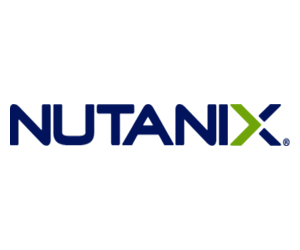The Risks of Going All-In with Public Cloud or On-Premises
The hybrid cloud approach makes sense because both the public cloud and on-premises data centers have their drawbacks, Wolfgram says.
Locating everything on-premises results in high capital expenditures for infrastructure that may not be used regularly and may even be retired without ever being used. Plus, Wolfgram says, operating a single, on-premises data center makes effective disaster recovery nearly impossible.
The public cloud offers the advantage of elastic scalability, but this won’t always be valuable for healthcare organizations, he says. The return on investment is highest when using public cloud to establish a data backup or for scaling up to run a high-compute analysis. On the other hand, the public cloud is a poor choice for any applications where latency is a concern.
LEARN MORE: Nutanix's Cheryl Rodenfels discusses the future of cloud in healthcare.
The other challenge is how contracts with public cloud service providers (CSPs) are structured. There may be a low initial buy-in, but costs can quickly rise. Contracts typically include tiered pricing based on the amount of data stored and compute workloads used, or for data transferred off the cloud, also known as data egress.
“If you hit a certain limit on data egress, then you shift to a different usage tier. Unless you read your contract closely, it’s hard to know when things will escalate,” Wolfgram says.
Organizations also encounter unexpected costs when they opt to pull applications off the public cloud and bring them back onsite — a process that at least 73 percent of organizations are considering, according to the Nutanix survey.
“There’s some downtime and some application disruption,” Wolfgram says. “And it’s not just a direct IT cost. There’s a cost across the entire health system — you may not be able to access patient information for hours, or even days.”
The Benefits of a Hybrid Cloud Management Platform
A hybrid cloud strategy will define how an organization decides whether to host a given application on its private cloud or on a public cloud such as Amazon Web Services, Microsoft Azure, or Google Cloud Platform.
It’s important for organizations transitioning to the cloud to scrutinize each provider’s opening offer, Wolfgram says. This is as much a legal exercise as it is a technical one — determining, in the contract, when and where cost escalation will happen at the compute level, for the number of virtual machines supported, for the amount of data moving in and out, and so on. Because each provider will have different terms, the applications that work best with each cloud service will vary, he says.
Once the choice is made, IT leaders may be tempted to use the management tools offered by the CSP. This sounds good in theory, Wolfgram says, but an organization that chooses to use all three CSPs based on their various strengths will soon find itself using three sets of tools — plus whatever tools it uses to manage its private cloud. Not only does this make cloud management complex, it also increases costs.











